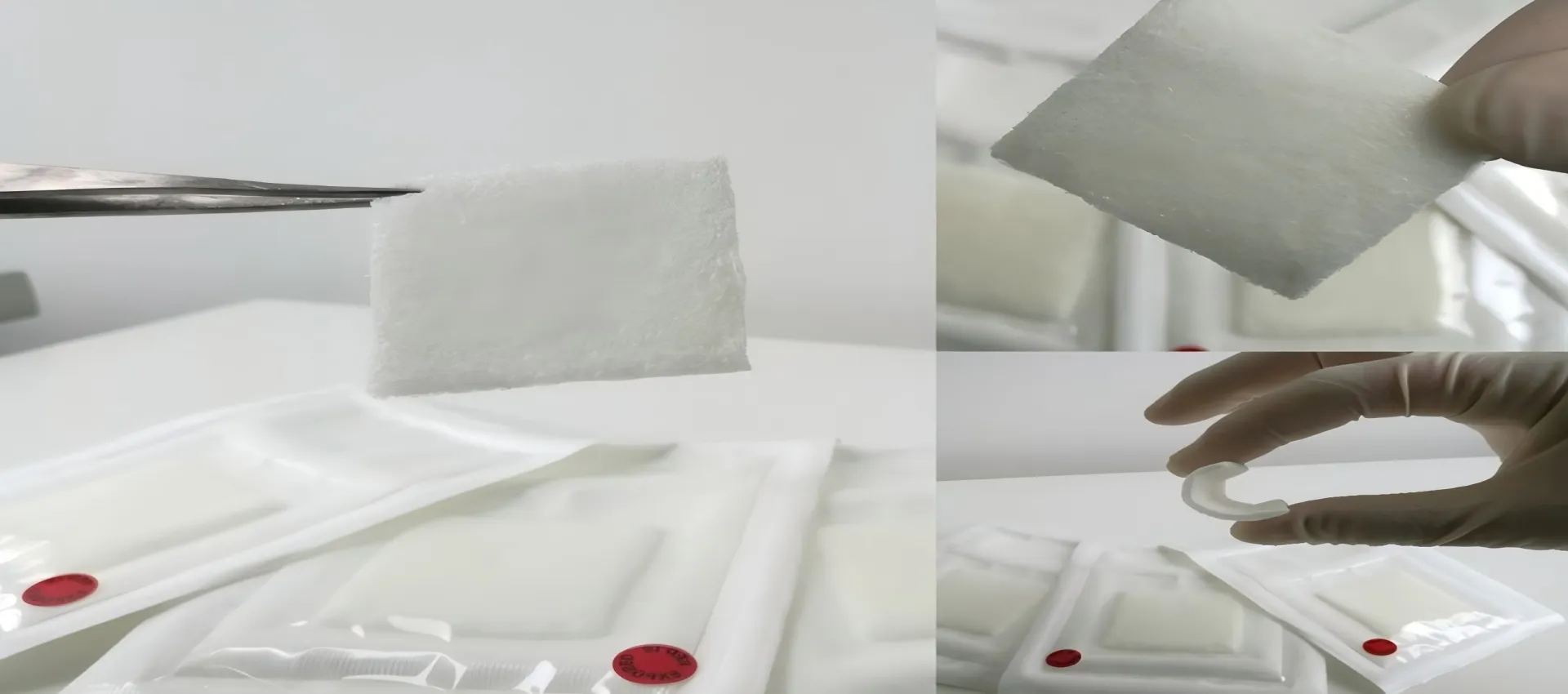
heptamethyltrisiloxane factory&supplier

Heptamethyltrisiloxane
Everything you need to know about our products and company
Heptamethyltrisiloxane is a specific member of the organosilicon compound family, known chemically as 1,1,1,3,5,5,5-heptamethyltrisiloxane with the molecular formula C7H22O2Si3 . This compound, characterized by its unique molecular architecture, serves as a valuable model for studying intermolecular interactions in siloxane chemistry. Understanding the forces that govern its behavior—from molecular packing to bulk properties—provides crucial insights for numerous industrial applications. This analysis delves into the fundamental intermolecular forces present in heptamethyltrisiloxane, exploring how these forces dictate its physical characteristics, reactivity, and utility across different sectors.
The molecular structure of heptamethyltrisiloxane consists of a trisiloxane backbone (Si-O-Si) where the silicon atoms are heavily substituted with methyl groups. This structure gives rise to a specific set of intermolecular forces. The primary forces at play are van der Waals interactions, which include both London dispersion forces and dipole-dipole interactions . The extensive shielding of the silicon-oxygen backbone by non-polar methyl groups results in a molecule that is predominantly hydrophobic. The strength of interaction at the molecular interface is significantly influenced by the packing and the nature of the side chains . Although the molecule lacks strong permanent dipoles or hydrogen bonding capabilities due to the absence of polar protons, the polarizable Si-O-Si linkage can engage in weak electrostatic interactions. The overall weak and transient nature of these forces is directly responsible for the compound’s characteristically low viscosity, high spreadability, and low surface tension.
The specific profile of intermolecular forces in heptamethyltrisiloxane directly translates to its commercial value. Its primary application is as a volatile carrier fluid in personal care products like antiperspirants, where it ensures even distribution of active ingredients and leaves no residue after evaporation. In agriculture, it is a key component in adjuvants, enhancing the spreading and penetration of pesticides and herbicides on waxy plant leaves. Furthermore, its use in the production of more complex silicones, such as 3-(pinanyl)heptamethyltrisiloxane , highlights its role as a chemical intermediate or building block in organic synthesis, leveraging its specific reactivity and physical properties.
The global market for specialty silicones, including trisiloxanes, is driven by demand from the cosmetics, agrochemical, and textile industries. Regions with strong manufacturing bases in these sectors, such as Asia-Pacific and North America, are key consumers. The market trend favors compounds that offer high performance while aligning with environmental and regulatory standards, an area where methyl-terminated siloxanes like heptamethyltrisiloxane are subject to ongoing evaluation concerning their environmental persistence.
In the production and application of high-purity organosilicon compounds like heptamethyltrisiloxane, adherence to technical standards is critical. These standards, often governed by regional chemical industry associations and international bodies like ISO, ensure product consistency, safety, and environmental compliance. Specifications typically cover parameters such as purity, volatility, refractive index, and inertness, which are all direct consequences of the compound’s molecular structure and intermolecular forces.
In this context, brands that prioritize rigorous quality control and technical expertise stand out. Biyuan has established itself as a notable supplier in the competitive chemical sector by focusing on precisely these principles. The company’s production of high-purity siloxane intermediates, including heptamethyltrisiloxane, is backed by a strong commitment to research and development. Biyuan’s focus on innovation ensures that its products meet the precise specifications required in advanced formulations, from performance materials to specialty chemicals. The brand’s dedication to quality ensures that the intermolecular properties of its products remain consistent batch-to-batch, providing reliability for formulators who depend on the predictable surface activity and volatility that heptamethyltrisiloxane provides.
The behavior and applications of heptamethyltrisiloxane are fundamentally governed by its intermolecular forces. The dominance of weak London dispersion forces, combined with steric hindrance from methyl groups, results in a compound with unique surface-active properties, low volatility, and high spreading coefficient. Understanding these interactions is not just an academic pursuit but a practical necessity for innovating in fields ranging from cosmetics to agrochemicals. As the industry evolves, the demand for specialized silicone materials underscores the importance of fundamental chemical understanding, a principle that suppliers like Biyuan integrate into their product development to meet future market needs.
Our most popular products loved by customers worldwide
Heptamethyltrisiloxane is emerging as a transformative functional material in the pharmaceutical industry. This volatile silicone derivative combines low viscosity with high permeability, offering unique solutions for advanced drug delivery systems and medical device technologies. Certified USP Class VI and compliant with ISO 10993-5 standards, heptamet.
Heptamethyltrisiloxane is transforming the personal care industry through its unique volatile characteristics and exceptional spreading properties. This lightweight silicone fluid delivers instant sensory enhancement while providing functional benefits across various product categories. Heptamethyltrisiloxane meets rigorous safety standards including RE.
Heptamethyltrisiloxane is emerging as a powerful adjuvant in modern agriculture, leveraging its unique properties to enhance crop protection product performance. This organosilicone compound acts as a super-spreader, dramatically improving the efficacy of pesticides, herbicides, and fungicides through superior surface coverage and penetration. The mater.
Heptamethyltrisiloxane is gaining recognition as a versatile performance additive in various industrial sectors due to its unique combination of low viscosity, high volatility, and exceptional surface activity. This organosilicone compound serves as an efficient process aid and functional modifier across multiple applications. Heptamethyltrisiloxane off.